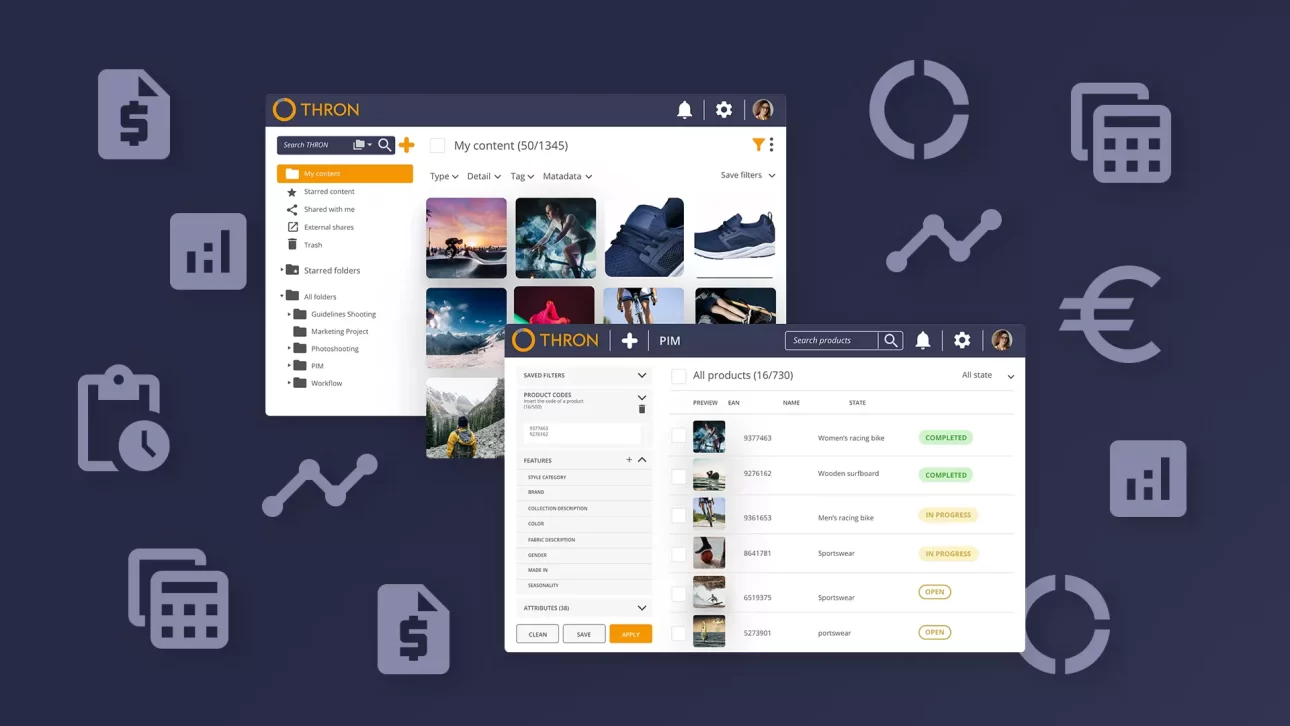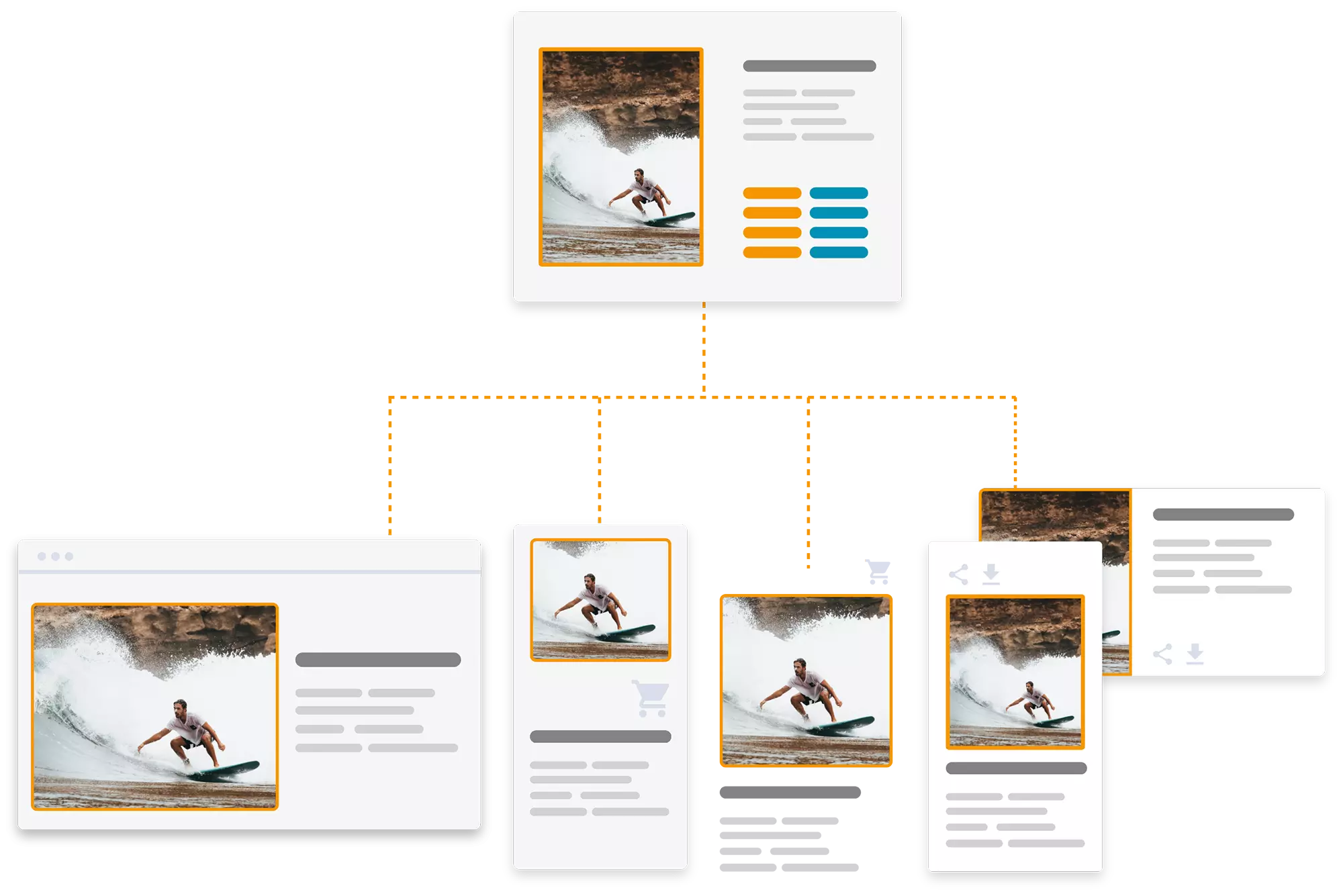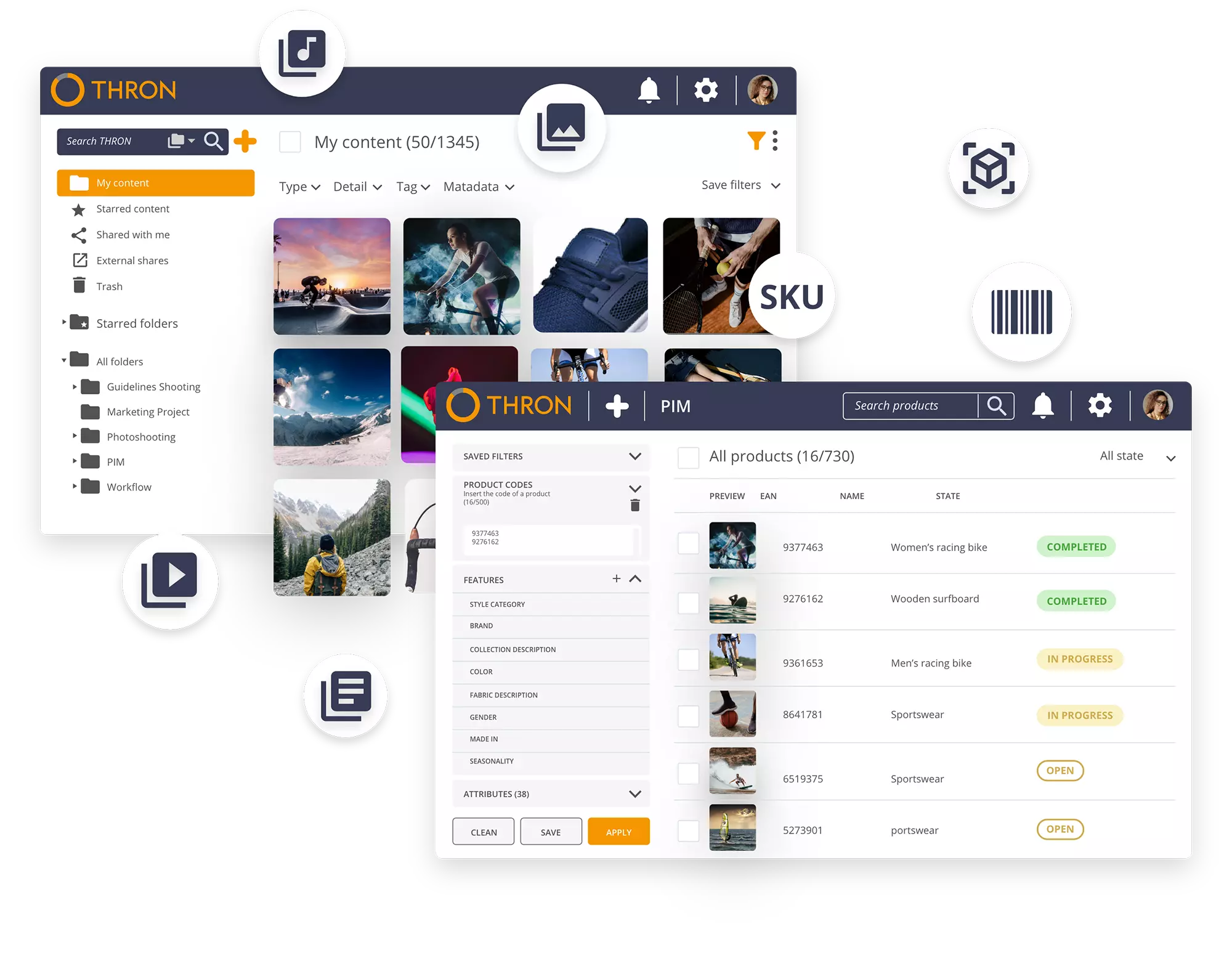
As usual, the end of one year drags with it the definition of the budget for the following year. Hot days for the technology stack, between divestments and reappointments.
Eyes on new adoptions in particular. How to understand (or explain) whether new software needs to be introduced into the corporate digital ecosystem?
The year 2023 is drawing to a close.
Twelve months characterised by undeniable uncertainties flanked by a solid security: digital.
From May to November 2023, especially thanks to AI, the number of marketing tools (Martech) grew by 18.5 per cent to over 13,0001. In parallel, the size of the IT stack of companies also increased.

Martech for 2024, ChiefMartec, 2023.
It is unlikely that these trends will come to an abrupt halt next year.
The health of organisations is linked to the efficiency of their processes and the speed with which they reach the market. IT solutions – especially SaaS solutions – play a key role in this respect.
However, the unpredictability of the scenarios in which companies operate, added to the numerous IT adoptions of the past, are encouraging greater prudence in the budget management reserved for the technology segment.
This is why it is reasonable to expect 2024 to be marked by two forces: the expansive force of innovation and the restraining force resulting from the need for rationalisation.

Martech for 2024, ChiefMartec, 2023.
It is true that innovating remains a priority and that to do so, technology is essential.
As Claudio Tonti of Websolute explained during our round table with customers and partners, there are very few companies with an expressed technological need.
The reasons? Many. The complexity of the IT market, the pressures of budget restraint, but also the low level of awareness of the areas that are actually critical to the organisation’s efficiency.
For all these reasons – and many others – the needs for digital governance of information assets are largely latent.
Quite apart from the marketing campaigns of vendors, industry best practices and currents of thought for or against teams, the question of whether or not to adopt DAM software and PIM software needs to be asked.
How much are the company’s information assets worth? To get the answer, two elements must be considered:
Let’s say it straight away: it is almost always impossible to calculate the revenue impact of an illustration, a video or a commercial description of a product.
Although the ROI of a specific campaign can be measured, most information assets are put to multiple uses. If the same photo of a product is in a printed catalogue, in a magazine and in a Facebook campaign, it goes without saying that it is impossible to determine the share of turnover generated exclusively by the image itself.
Business, in fact, is the result of the feedback that the market offers with respect to a mix of commercial and marketing strategies, of which a digital asset (as well as product information) is an inseparable fraction.

Certainly, multimedia content and product data are fundamental allies for business, because they allow the assortment to be narrated, positioned and promoted, enhancing the customer experience.
In short, assets and information are indispensable and have a plus sign impact on revenues, but we cannot say by how much. Keeping this thought in the drawer, we now come to the other side of the coin: costs.
Unlike the impact of information assets on revenues, the impact of information assets on costs is easier to calculate.
To do so, one has to bear in mind that both digital assets and product information are characterised by a lifecycle that starts with their creation and ends with their publication in the final channels2.
In the following table we give some examples of costs that arise from the various phases of the lifecycle of both information assets.
Lifecycle step | Examples of costs related to digital assets and product data |
|---|---|
| Import & Creation | Time and resources needed for creation Cloud space fees or maintenance costs of servers where data and assets are now located Time spent searching for a single piece of data or content |
| Manage | Time spent optimising content and information according to channel specifications |
| Collaboration | Time spent jumping from different tools to approve an asset |
| Delivery | Time wasted sharing to colleagues and B2B partners the required asset Time spent copying and pasting assets and data to each B2C channel Bandwidth costs in the absence of media optimisation Time needed to translate product data by hand |
The elements to consider would actually be many more.
The uncertainty of what is the most up-to-date version of an asset, the time spent waiting to receive feedback and/or content, the lost revenue from campaigns that started late; although difficult to measure, these are issues felt within many organisations.
In any case, the table is a good starting point to reflect on the value of one’s information assets; having a handful of information is quite quick to arrive at a reasonable cost estimate.
For example, by multiplying the average time spent on researching a piece of content by the size of the various teams and the average hourly wage, calculating hours and euros of inefficiency is child’s play; similarly, the copy-paste on the various channels is equal to the number of assets times the number of channels in which you publish times the average time required for publication.
Calculation is invaluable when evaluating DAM and/or PIM software.
These tools, in fact, cut down (in the best of cases zero) the time to search, manage and distribute digital assets and product information.
To assess the cost-effectiveness of software adoption, simply compare the sum of the cost items in the table with the software vendors’ pricing proposal. If the former exceeds the latter, the adoption of a DAM and/or PIM is worthwhile.
In the first place, because, as mentioned, what is shown is a partial list of costs, compared to others that are not easily calculable, which would further increase the cost-effectiveness of adopting the software.
Moreover, as anticipated, DAM and PIM also positively impact CX and increase revenue, as well as reduce costs.
Wanting to summarise the contribution of DAM and PIM to the lifecycle of information assets in one word, this would be reuse3. The higher the cost of producing content, the more worthwhile it is to equip oneself with tools that centralise it, make it accessible in an agile manner and distribute it to each touchpoint.
Before closing, there is one more aspect that is important to mention.
The adoption of a new tool cannot ignore the question of integrability.
Without a doubt, innovating is important, but – also because of what was said at the beginning – the drive for rationalisation cannot and must not be ignored, not least because it allows one to focus on optimising IT costs.
THRON PLATFORM, for example, in addition to being equipped with APIs and connectors, concentrates Digital Asset Management and Product Information Management features in a single platform.

1 Martech for 2024, 2023, ChiefMartec.
2 The last stage of the lifecycle according to Digital Asset Management and Product Information Management approaches (including ours) involves Monitoring, which we will not mention here for simplicity’s sake
3 An interesting article.